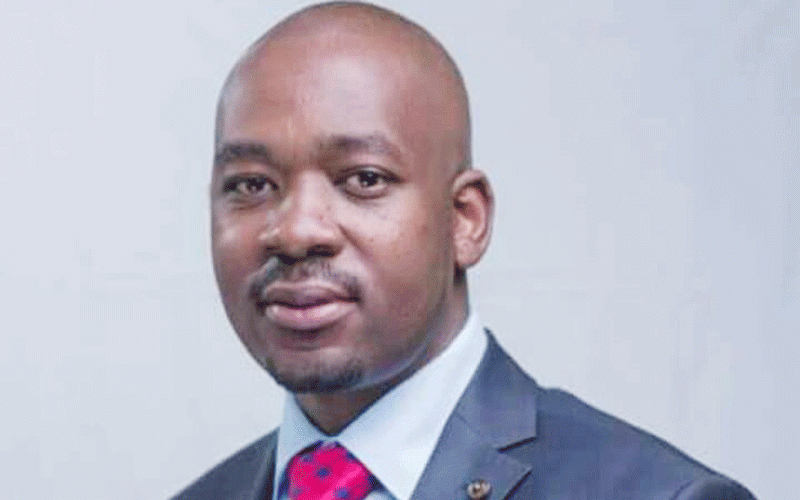
BY NQOBILE BHEBHE
Thirty-nine-year-old retrenchee Thembelani Masuku ditched the bustling life of Bulawayo in May 2020 for his rural home in Matshetsheni village in Gwanda North, about 100 kilometres away.
It was not by choice, he said.
Rural life offered the only option to escape the city as the Covid-19 pandemic had made life unbearable — he had no ready income after losing his job.
“I had to make a tough decision to leave the city in May. I lost my job at a Chinese-run factory. My landlord wouldn’t lower the rent despite the crisis,” said Masuku, a welder and father of three.
Masuku was paying US$45 in monthly rentals for three rooms in Lobengula West.
Relocating was the only fallback plan.
A December 2020 Zimbabwe Statistics Agency (Zimstats) report says the Covid-19 lockdown had significantly impacted migration trends revealing that about 12% of the country’s urbanites relocated to rural areas.
- Chamisa under fire over US$120K donation
- Mavhunga puts DeMbare into Chibuku quarterfinals
- Pension funds bet on Cabora Bassa oilfields
- Councils defy govt fire tender directive
Keep Reading
The findings are from a survey conducted between August 24 and September 23, 2020 by Zimstats, World Bank and Unicef.
The report highlights the findings: “Only 12% migrated from urban areas to rural areas while no household moved from rural to urban areas.”
Twenty-six percent moved from one rural area to another rural area, it adds.
Gwanda North ward one councillor Stanford Nkala said a steady flow of people to his ward had been standard since April.
“Sixteen people retrenched due to the Covid-19 economic impact returned to the village last year,” Nkala said.
“Whether they relocated permanently or not, I am not sure.”
Alex Nxumalo of Masholomoshe village is one of the many who joined the great trek from Bulawayo to the rural district rich in gold deposits.
Nxumalo moved in July with his family. His temporary stay has somewhat become permanent.
“There is increased urban-to-rural migration right now. Many people in towns are suffering due to the virus,” he said.
“Here, the rent is free. It’s a much better situation. Some people are unsure they will ever go back to towns.”
Throughout the crisis, rural areas have offered a haven from the virus, motivating some urbanites to seek shelter in the countryside.
However, the flipside is that the highly contagious virus has also started spreading to rural areas.
This could increase pressures on public health services designed for lower numbers of inhabitants, Nxumalo said.
“It is important for the government to expand the pool of trained doctors accessible to the rural population and roll out mass testing,” he added.
Zimbabwe is currently in the throes of the pandemic with deaths having surged above the 1400 mark.
According to Zimstat, the Total Consumption Poverty Line (TCPL) for Zimbabwe stood at $4,670.04 per person in December 2020. The poverty datum lines vary from one province to the other.
In that same month, for Matabeleland South, individually Masuku and Nxumalo needed about $4 000 to survive, and yet in Bulawayo, they would each need an extra $1 000.
*This article was originally published by The Citizen Bulletin, a nonprofit news organisation that produces hard-hitting, hyperlocal reporting and analysis for the southwestern region of Matabeleland.










